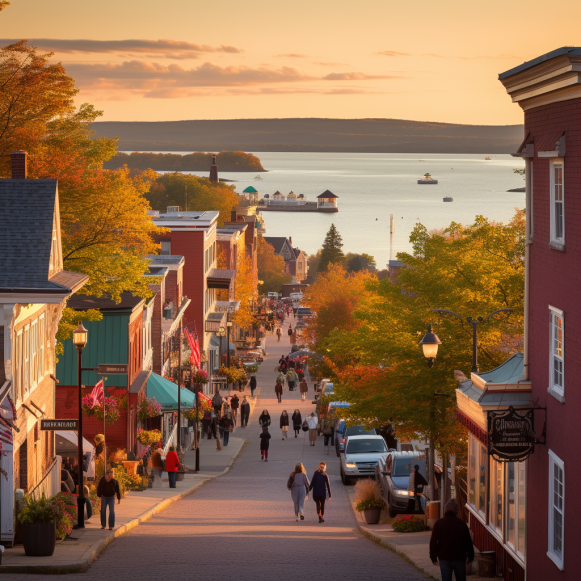San Jose risks penalties after plan to add more than 60,000 new homes fails to meet state requirements

San Jose is the last of the big Bay Area cities without a final housing plan
California regulators say San Jose’s proposal to build more than 60,000 new homes over the next decade is inadequate, leaving the city as the only one of the Bay Area’s three largest cities without a finalized state-mandated housing plan.
San Jose risks losing valuable affordable housing and transportation funds, as well as control over the approval process for many new housing projects, unless it can persuade state officials to sign off on the plan.
When the City Council agreed in a split vote in June to send the plan to the state for approval, a slew of pro-housing advocates, tenant activists, and construction labor supporters expressed reservations. Many questioned whether city officials had done enough to persuade regulators to approve the city’s 239-page “housing element” planning document, which was intended to serve as a road map for the city’s future housing growth.
The state housing department wrote to the city on Monday that it had received “several third-party comments expressing concerns” that city officials had not provided “adequate time or opportunity to provide public input and comment” on earlier drafts of the plan.
“During the housing element revision process, the City must continue to engage the community, including organizations that represent lower-income and special needs households, by making information regularly available while considering and incorporating comments where appropriate,” state officials wrote.
The state has made it clear that it has high expectations for city housing plans, requiring officials to detail strategies to assist developers in ramping up homebuilding and meeting all residents’ housing needs. Cities and counties throughout the state must submit plans to alleviate California’s housing crisis. San Francisco and Oakland have already received approval for their plans in the Bay Area.
According to state law, San Jose must specify where and how it will help spur the development of at least 62,200 more homes, more than half of which must be affordable, by 2031. This represents a 20% increase in the city’s housing stock and a 77% increase over the city’s previous eight-year housing goal.
The state housing department requested in its letter that the city do more work to demonstrate that the sites identified in the plan for new housing have a realistic chance of development. It also requested more information from city officials on programs to streamline the local permitting process and prevent housing discrimination and displacement.
San Jose Mayor Matt Mahan stated that he does not expect the state to certify the council’s adopted plan.
“We expected additional technical revision requests from the state,” Mahan said in a text message.
Mathew Reed, policy director at the South Bay affordable housing advocacy group SV@Home, was not surprised by the state’s rejection of the plan. While the state’s letter requests technical updates, he says it also includes a “explicit request for more specificity.”
“There’s a real sense of urgency,” said Reed. “And, while it may not be easy, we believe there are clear paths forward.”
The city identified approximately 600 potential development sites in the current version of its plan. Many are concentrated in downtown and the Diridon Station neighborhood, where Google has announced plans to build its massive Downtown West project.
Officials have also focused on suburban areas, particularly along major transit corridors like Stevens Creek and Winchester boulevards. North San Jose, which has been targeted for development for years, could also see a significant increase in housing.
Furthermore, the plan calls for more affordable housing in wealthier neighborhoods that have traditionally kept lower-income residents out. This includes parts of southwestern San Jose, most notably De Anza Boulevard, which borders Cupertino.
San Jose, like many other Bay Area cities, fell far short of its affordable housing goals while meeting its market-rate target over the last eight years. Only about a quarter of the city’s combined low- and middle-income goal of more than 20,800 units was approved.
Local officials attribute the slow pace to a severe shortage of state and federal affordable housing subsidies. However, housing advocates argue that the city should relax development regulations and restrictions that drive up costs.
Cities in the Bay Area were supposed to have their housing plans finalized by January 31. However, San Jose, like nearly every other city in the region, missed the deadline. While San Francisco and Oakland quickly received approval, only about a third of the Bay Area’s 109 cities and counties have received approval from regulators.
When the City Council approved its plan, officials claimed they had the authority to reject any future “builder’s remedy” proposals because the plan was in “substantial compliance.” Developers and housing advocates have insisted that cities continue to accept proposals until they receive final state approval.
The case has already begun in court, and judges appear to be siding with developers, according to Reed, who has seen a surge in South Bay “builder’s remedy” submissions in recent months.
“When push comes to shove,” he says, “we’re seeing more cooperation than obstinance.”




